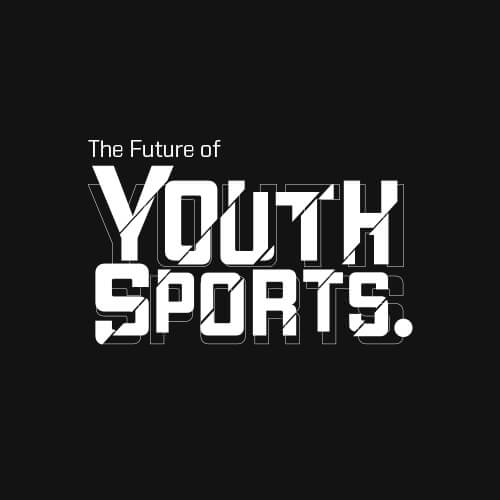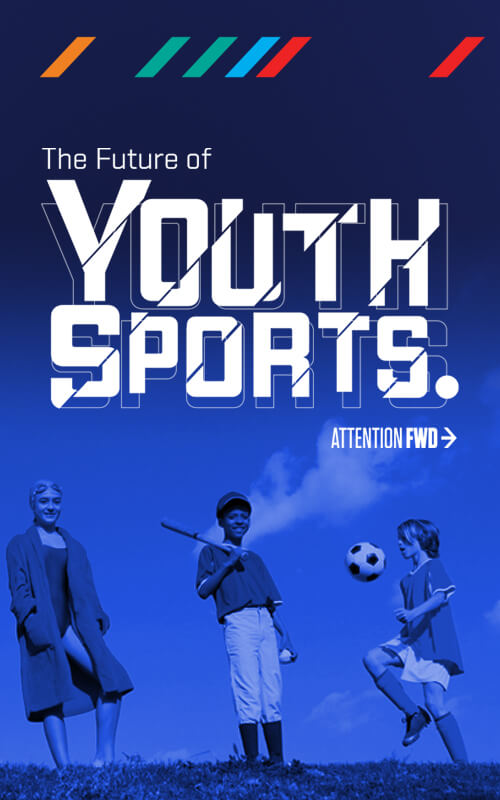COVID-19 Challenges
The coronavirus shut down sports at every level for months. Youth sports programs and eventually tournaments restarted, but unevenly, with states like New York and California allowing only scaled back versions. Organizations ranging from UNICEF to the Mayo Clinic to the Positive Coaching Alliance have weighed in on the importance of these outlets to children’s mental and emotional well-being. With varying levels of restrictions in place, parents have scrambled to find ways to keep their kids active, through improvised backyard games, open-space gatherings with core pods of friends who don’t mix with other kids, or in-house exercise programs. Parents know their kids’ health, well-being and brains depend on it.
Utopia 2035
Physiological, technical and economic evolutions across sport, business, nutrition and medicine have ushered in a golden age of US athletics, with growth at home and achievement on the world stage. As the internet, social media and video games have become as embedded in education as the blackboard once was, youth access to interactive, virtual worlds with physical movement has encouraged the best kinds of brain and body development. “Crossover” real-world/video game hybrids (see Section 10, “Infinite Field of Play”) have made physical motion an important part of success in online games, and with that came a steady and heralded reversal
of the US obesity epidemic. Exercise, no longer a break from learning, has become recognized as a key factor for brain growth.
-
![]()
Report: The Future of Youth Sports
OVERVIEW10 in-depth topics from recruiting to brain development to esports.
We take a deep look at the best and worst-case scenarios for the future of youth sports as parents, coaches, futurists, industry experts—and former youth athletes.


